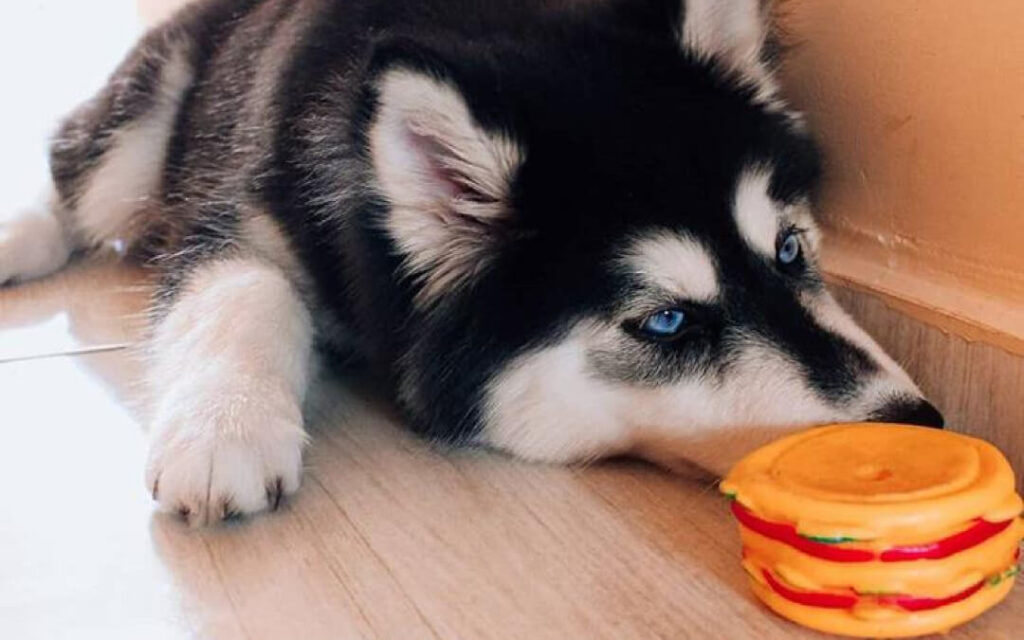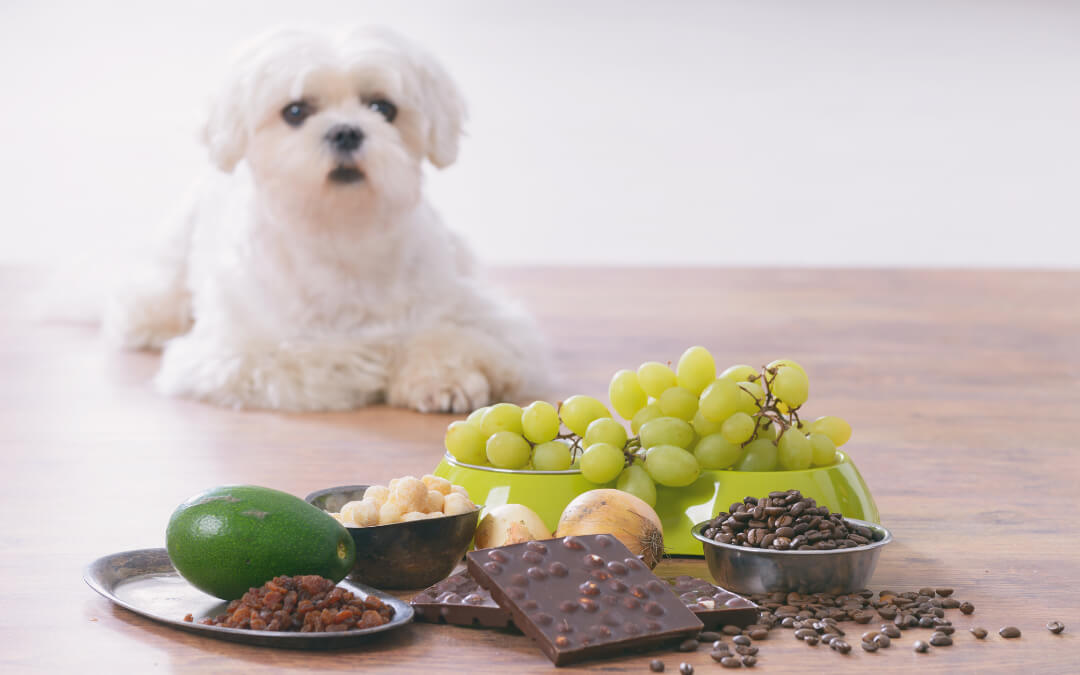Recognizing pet toxin ingestion early can save a life. The first moments count! When a pet sneaks something from the trash or sniffs out the wrong treat, you need to know what to do and what to watch for. Pets, like people, have their own likes and dislikes, but their bodies handle food and household items much differently.
Chocolate, grapes, and xylitol can harm a dog or cat, even in small amounts. If a pet acts differently or looks unwell, you must take it seriously. Early action can stop a mild problem from becoming a medical emergency. Remember to protect your pet from all toxic foods and dangerous substances by knowing what hazards are out there, how veterinary diagnostic labs can help you, and how to keep your home safe.
Common Signs and Symptoms of Pet Toxin Ingestion
Pets show many signs when they eat something they should not. Each pet is unique, and symptoms may look mild one minute and grow more serious the next.
Mild and Early Signs
- Drooling or pawing at the mouth
- Vomiting or retching
- Sudden diarrhea
- Lack of interest in food
These symptoms may seem small, but they tell you something is wrong. If your pet seems quiet or tired after eating something new, do not ignore it.
More Severe Reactions
- Wobbling or trouble walking straight
- Rapid breathing or panting
- Trembling or shaking
- Weakness or collapse
- Seizures or muscle twitching
Changes in behaviour matter too. You may see pacing, restlessness, or hiding. A pet might whine, show pain when touched, or act confused. If your pet shows these serious signs, you should go to an emergency vet right away.
Examples of Dangerous Foods
Many foods are safe for people, but not for pets. Here are common toxic foods for pets–
- Chocolate contains theobromine, which can cause a fast heart rate, tremors, and seizures.
- Grapes and raisins cause sudden kidney failure in some dogs.
- Xylitol (a common sweetener in sugar-free gum or baked goods) can drop blood sugar fast, causing collapse or seizures.
- Onions and garlic can damage red blood cells and lead to weakness.
- Alcohol and caffeinated drinks can lead to life-threatening problems with breathing or the heart.
If your pet eats any of these foods, watch for symptoms. Quick action can prevent harm. Always contact a vet or poison helpline if you are unsure.
What to Do If You Suspect Pet Toxin Ingestion

When you think your pet has eaten something toxic, stay calm but act fast. Your steps matter.
Step-by-Step Guide
- Remove the Pet from the Source
Take your pet away from what it ate. Clean up any spills so no more can be eaten. - Do Not Try to Induce Vomiting on Your Own
Never make a pet vomit without a vet’s advice. Some toxins are more dangerous if vomited up. - Collect Information for the Vet
Write down:
- What your pet ate (and how much)
- The time it was eaten
- Your pet’s weight and breed
- Any signs you have seen (vomiting, shaking, etc.)
- Call Your Vet or Pet Poison Helpline Straight Away
Give them the facts. If your vet is closed, call the nearest emergency vet or a pet poison helpline. - Keep the Package or Box
Bring any labels or containers to the clinic. This information can help the vet figure out the best treatment. - Do Not Wait for Symptoms If the Pet Ate a Known Toxin
If you know your pet ate chocolate, grapes, xylitol, or any household cleaners, seek help right now.
The diagnostic labs will help your vet confirm what was possibly consumed or even make special recommendations for treatment. Some cases need lab tests for a clear answer.
Preventing Accidental Exposure to Toxins in Pets
There is nothing that an ounce of prevention cannot prevent. Sometimes small steps are the only thing that stands in the way of a major problem. This is how proactive safety nets for each pet in the home are constructed:
- Keep chocolate or grapes out of the reach of household pets. Put them into cupboards and child-proof cabinets or build high shelves that both you and your pets cannot reach.
- Store cleaning supplies beyond their reach, using child-proof latches if needed.
- Above all, immediately clean and remove all food and drink spills so they cannot lick.
- Do a safety check on indoor and outdoor plants. Some, such as lilies and daffodils, have been known to be quite toxic to both cats and dogs.
- Place rubbish and bins out of reach or use lids that only pets cannot open.
Teach Everyone in the House
Children or visitors might not know about the dangers caused by pets. Tell them what foods or items may hurt a pet. Remind them not to give food from the table unless permitted by you.
Routine “Pet Checks”
- Routine veterinary visits contributed to early signs of diseases and poisoning that the owner might not suspect.
- All medicines, foods, or garden products have labels that need to be read well before using them near a pet.
- If unsure, keep them away from the pet.
Little habits make a big difference. You cannot keep an eye on your pet all the time but can create a safer home where fewer accidents are likely to happen.
The Bottom Line
The ability to spot pet toxin ingestion early can mean the difference between recovery and chronic injury. Be vigilant for any sudden changes in eating, toilet habits, or behaviour. Know what kind of food and chemicals hurt pets; keep these securely out of reach. If your pet ingested something poisonous, act right away: remove the source of the poison, note the important information, and call for a vet or poison helpline. Always follow the advice of the professionals, and remember to take any labels or containers of food with you to the clinic.
Preventing problems starts with you. Store things properly, stay alert, and teach your family about dangerous items. Watch them carefully every day and shower them with love and care. Your knowledge and timely action will save them from poisonous foods and other hazards.

